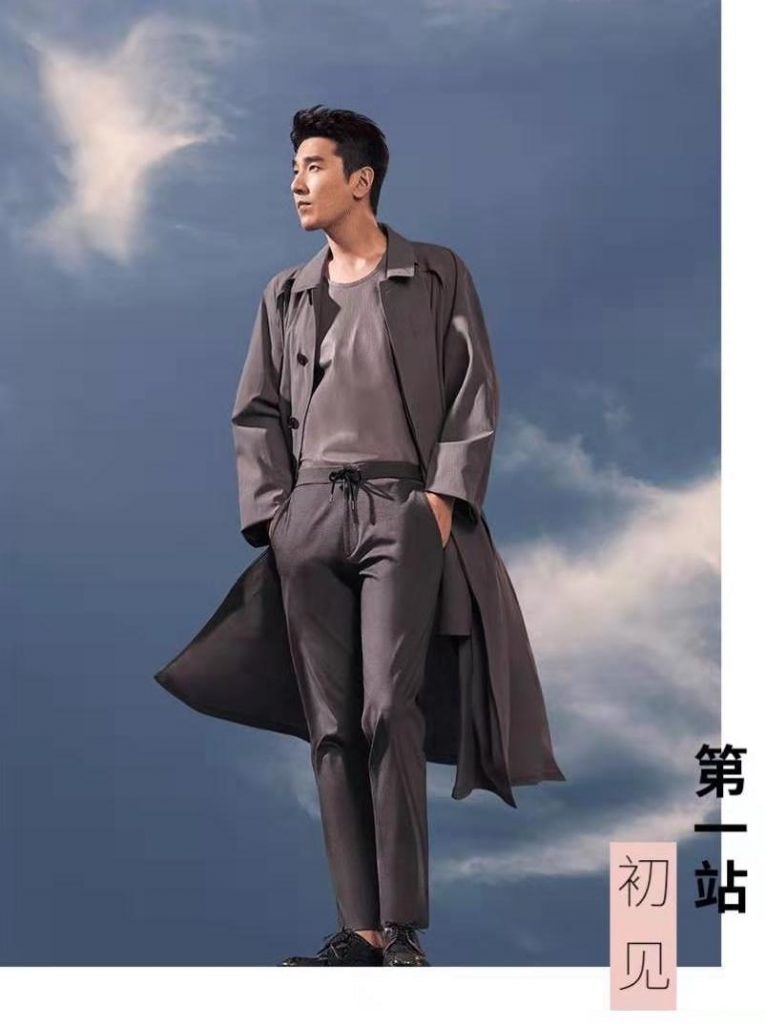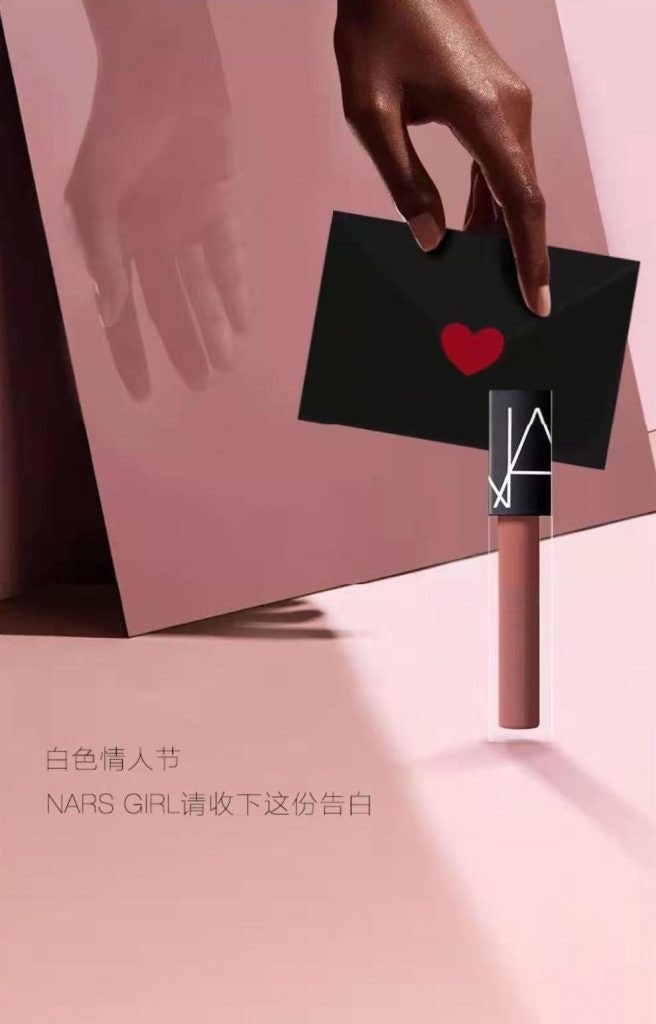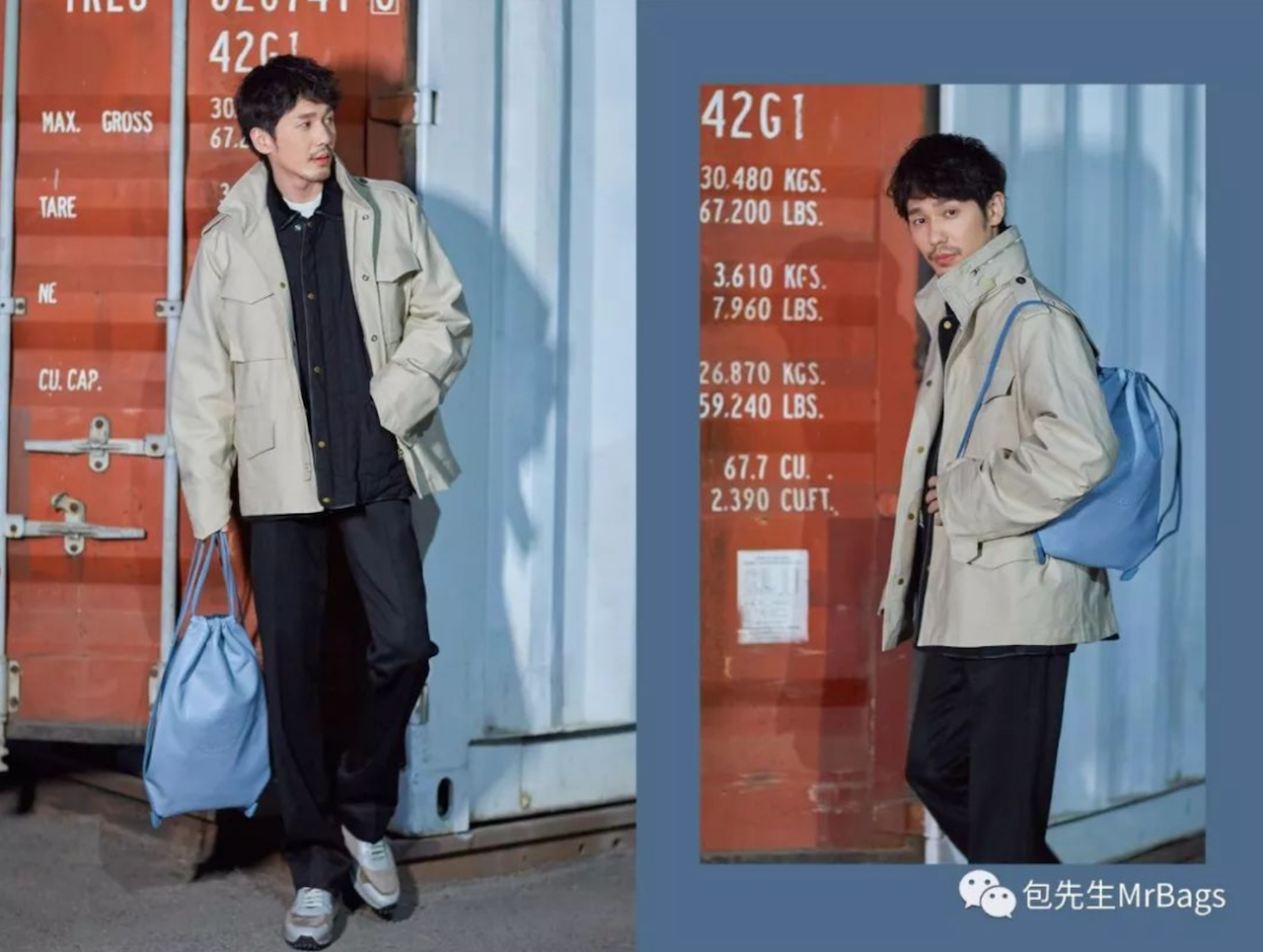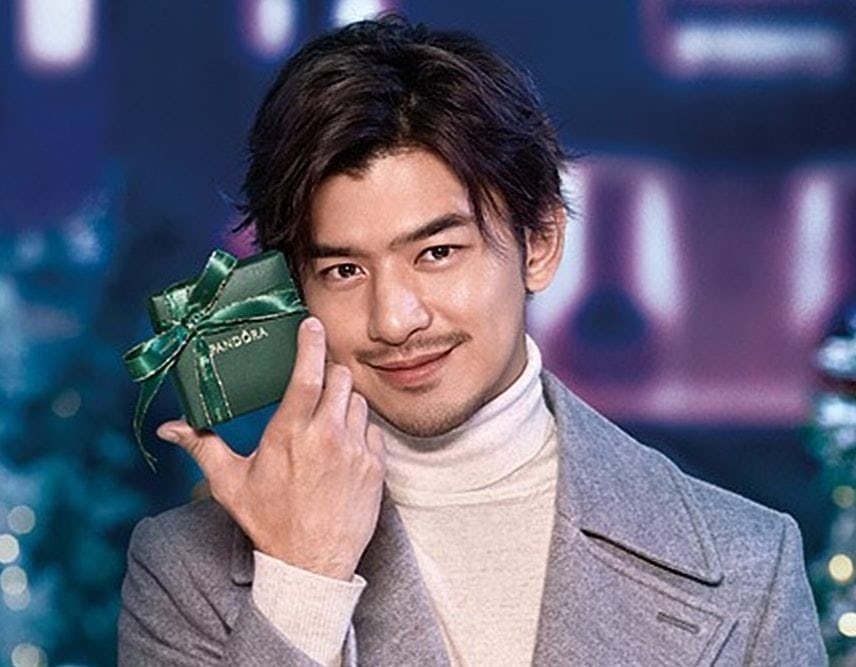To some March 14th is a day of eating pie to celebrate the mathematical constant π; to others, especially those in Asian countries, the day is known as White Valentine’s Day (or White Day) – an occasion when women gift their male significant others, usually with white chocolate or marshmallows. And luxury brands have quickly adopted this celebration to promote their men’s products.
The holiday originated in Japan in 1977 – there are several versions of the holiday’s origin, but they all more or less focus on creating a festival to encourage consumption in the name of love. White Day may not be as big of a retail event as Valentine’s Day, but it generated nearly 578 million in revenue in Japan in 2014 and has been growing in size and scale.
The festival has since spread to South Korea and Taiwan. Some brands have been trying to build popularity over the years, and only recently has it gained a foothold in mainland China.
This year more luxury brands have caught a whiff of the opportunity that this gifting holiday offers, just as they did with Chinese Valentine’s Day Qixi, which is in the summer on the lunar calendar. For this occasion, many brands played around the idea of “relationship and commitment,” as well as the gender dynamic between men and women. For example, a big trend we noticed is that more male-centric brands participated in holiday campaigns to persuade female consumers to treat their partner.
All about influencing female fans#
One marketing campaign that stood out this year was from British luxury fashion brand Dunhill. The brand worked with Chinese fashion blogger Mr. Bags, whose fans are mostly female, to promote a blue Chiltern drawstring backpack that retails for 980 (RMB 6,580). The campaign started on March 4th, and 200 bags were sold within 36 minutes via Mr. Bags’ WeChat mini-program, reaching a total sales value of 196,014 (RMB 1,316,000). The sale not only leveraged Mr. Bags’ influence among female fans, but also brought in celebrities. Mr. Bags featured several Chinese male celebrities modeling the bag in his WeChat post, and fans buzzed about how good it looked.

Cast a magic spell on the boyfriend#
It wasn’t only Dunhill and Mr. Bags that enlisted the help of Chinese male celebrities – other luxury brands included them in campaigns to stand in for a boyfriend. German luxury fashion house Hugo Boss dressed Chinese celebrity Mark Chao in their jacket priced at 1,162 (RMB 7,800), and fans could purchase it directly via WeChat. The post attracted over 3,000 page views on the day it was published. Inviting the handsome celebrity clearly piqued fans’ interest. One user commented: "Where to buy a boyfriend like this? Does Mark come with the Boss jacket?” Even if they don't a boyfriend, owning a piece of their favorite male celebrity-endorsed product could play on their fandom fantasy.

Attract the male gaze#
How did traditional female-centric brands celebrate the occasion? Instead of gifting a boyfriend, some brands suggested female consumers dress themselves up to please their significant other. The strategy plays on the theory of the male gaze, which is all about depicting women as sexual objects for the pleasure of the male viewer. French cosmetics brand Nars featured a list of lipsticks for women to wear in front of their partner. At the end of the WeChat post, it asked users to comment about what kind of kisses they would want to give to their significant others. The post did very well, garnering 27,000 pageviews with many readers sharing their personal stories that may seem to reveal a bit too much.

A reminder of love and commitment#
American luxury jewelry brand Tiffany & Co. and German luxury accessories brand Montblanc both utilized the concept of commitment, encouraging women to give gifts to their significant others as a way to form a closer bond. Tiffany introduced its key pendant collection at about 2,145 (RMB14,400) to unlock the boyfriend’s heart. Montblanc released its Time Travel watch priced at 5,109 (RMB 34,300), as well as other products such as pens, cufflinks, and luggage. “You received his love on 2.14, send him something to confess your love on 3.14 for a long-lasting relationship,” wrote Montblanc in a WeChat post. Consumers could purchase all the products within WeChat.
As more luxury brands entered the market for White Day this year, they may have hit on a strategy to get consumers to spend more beyond the traditional holidays. And this made-up holiday could expand in years to come as more Chinese women gain financial independence and a desire to spoil their significant other.


